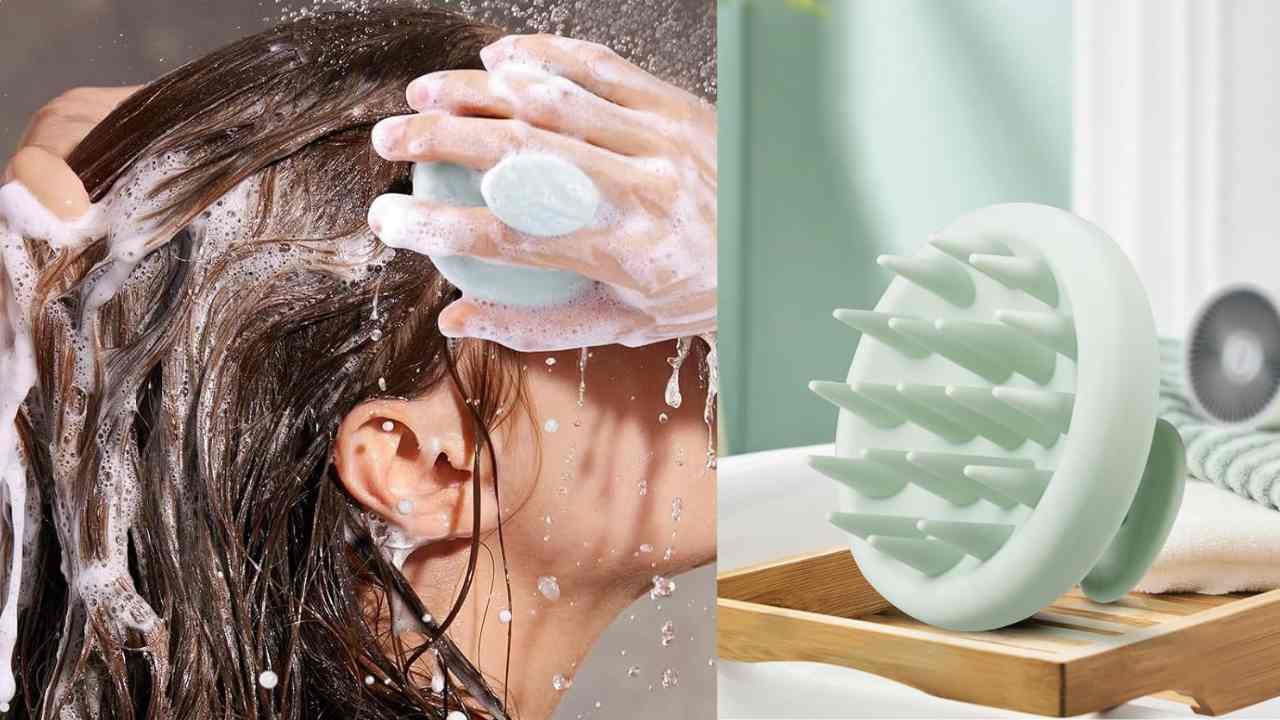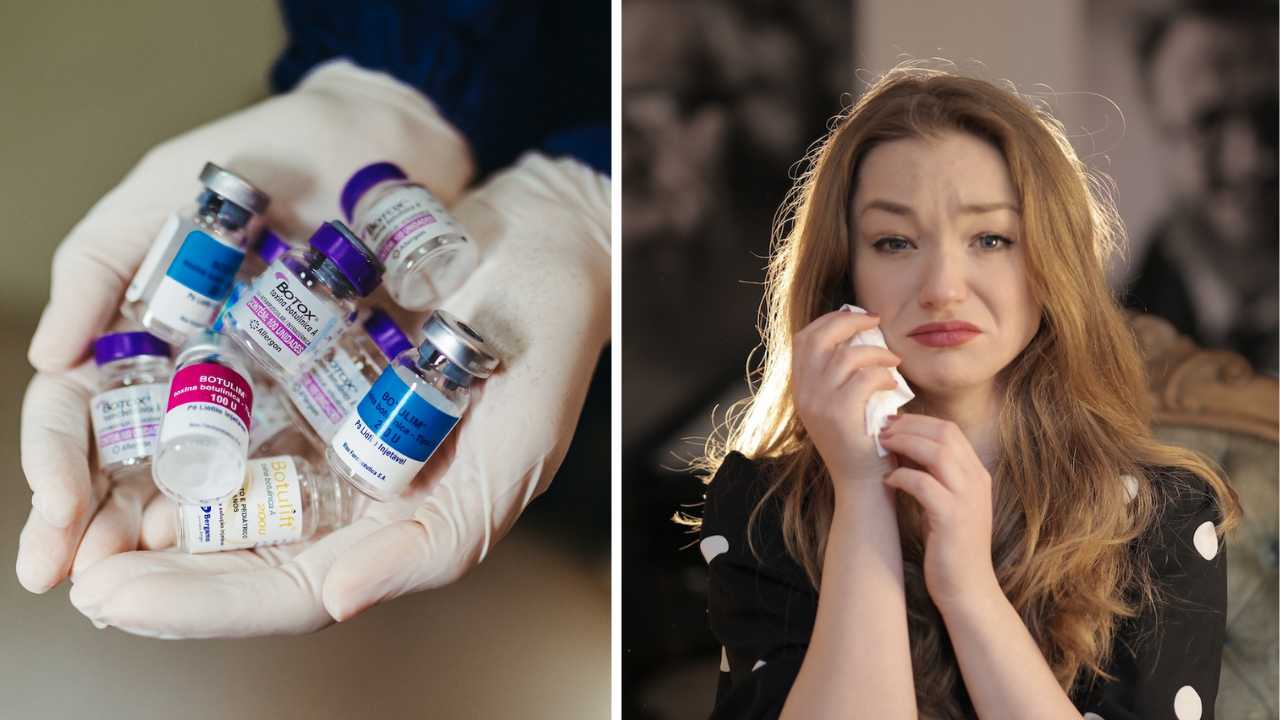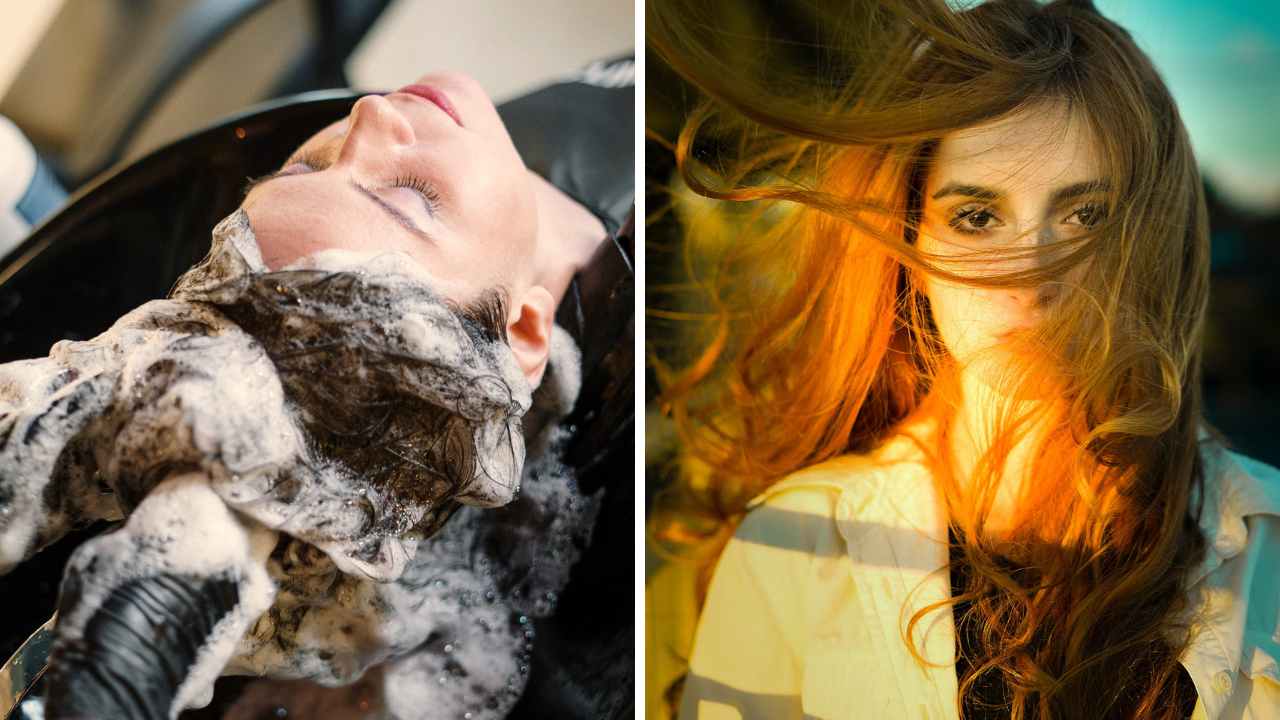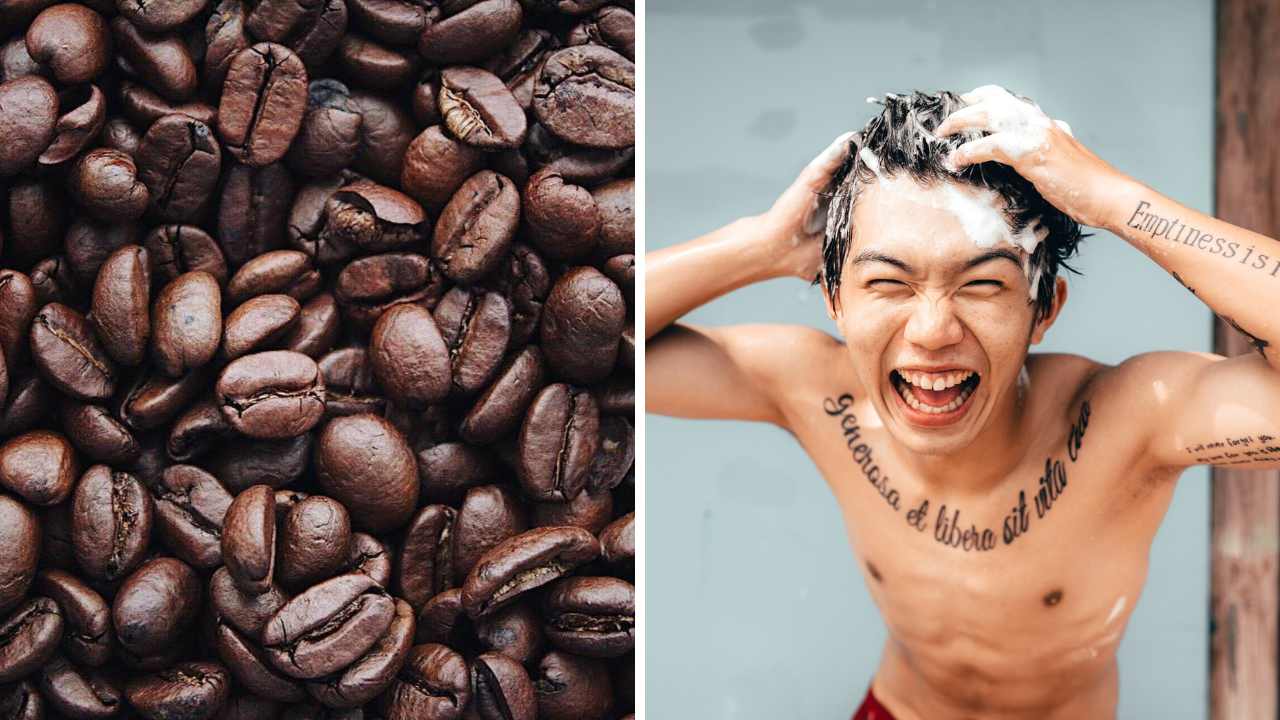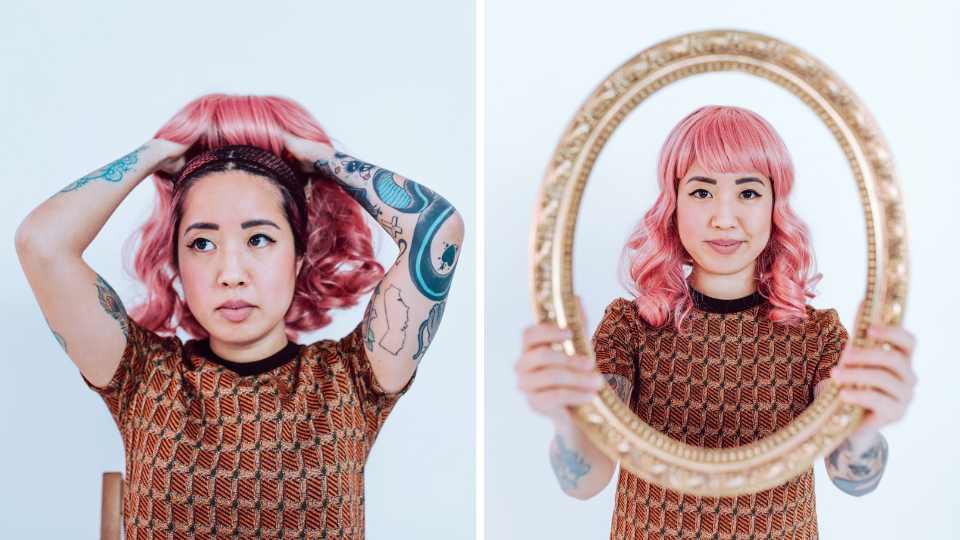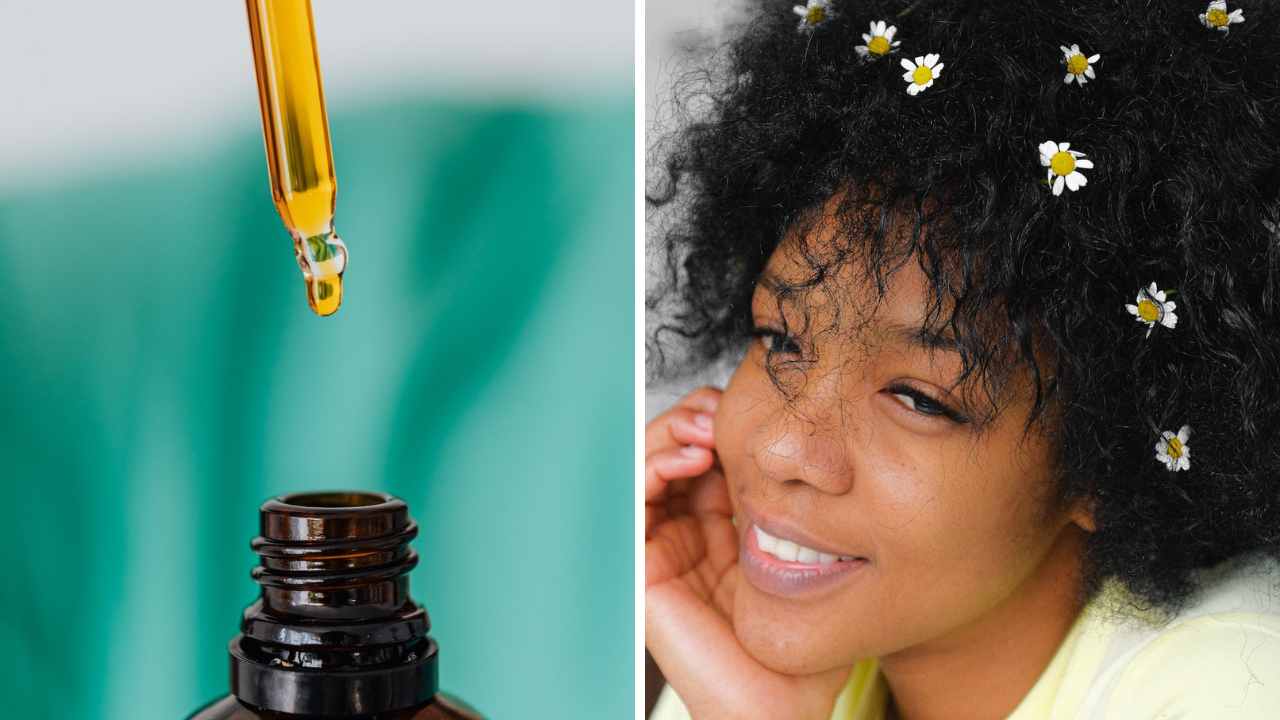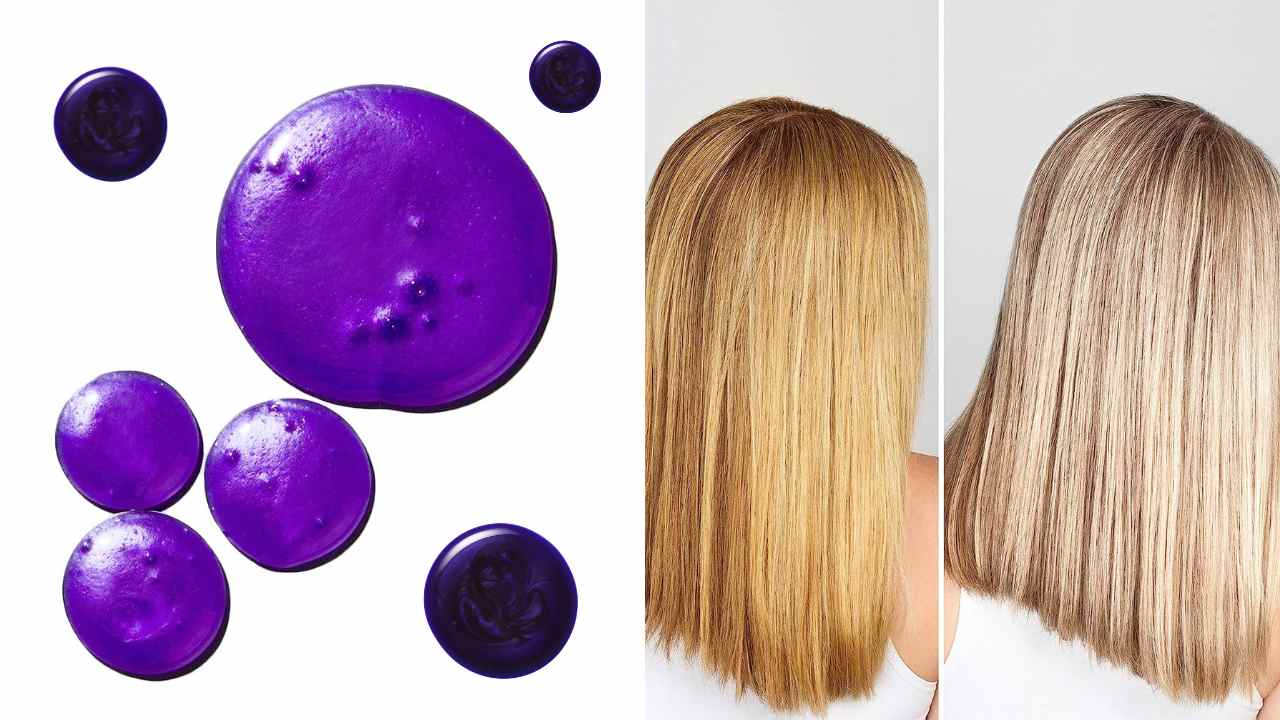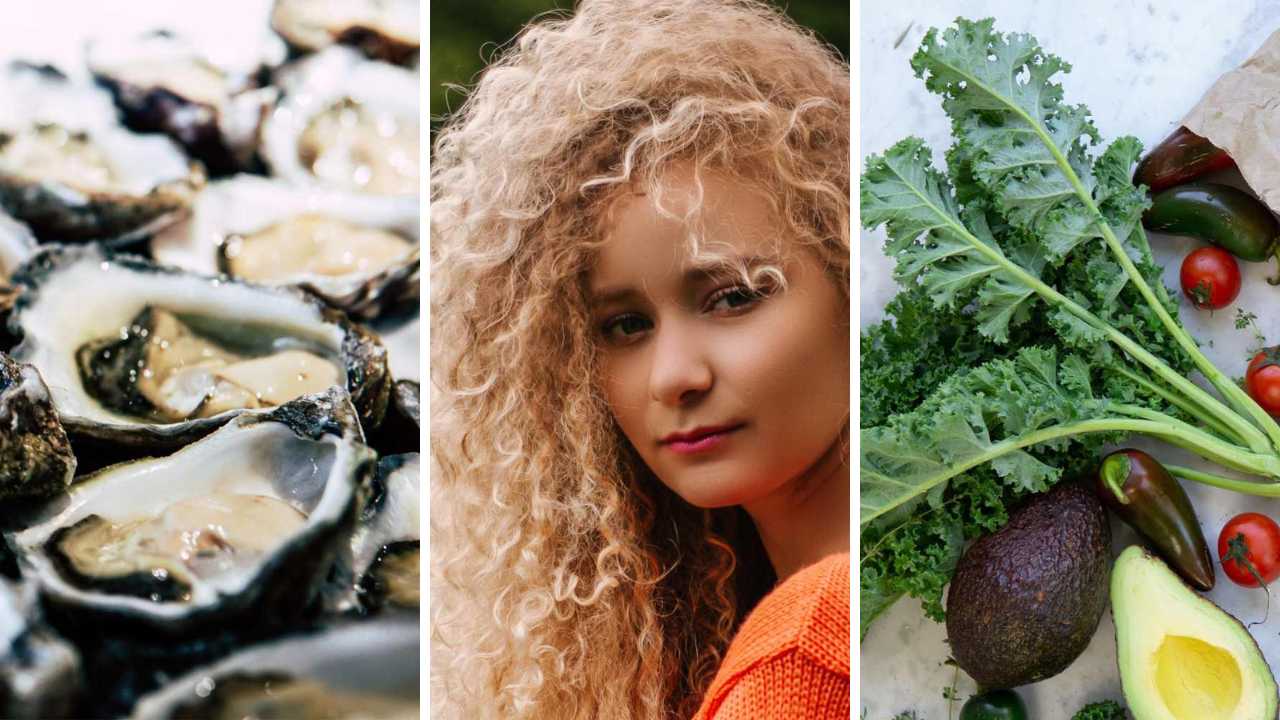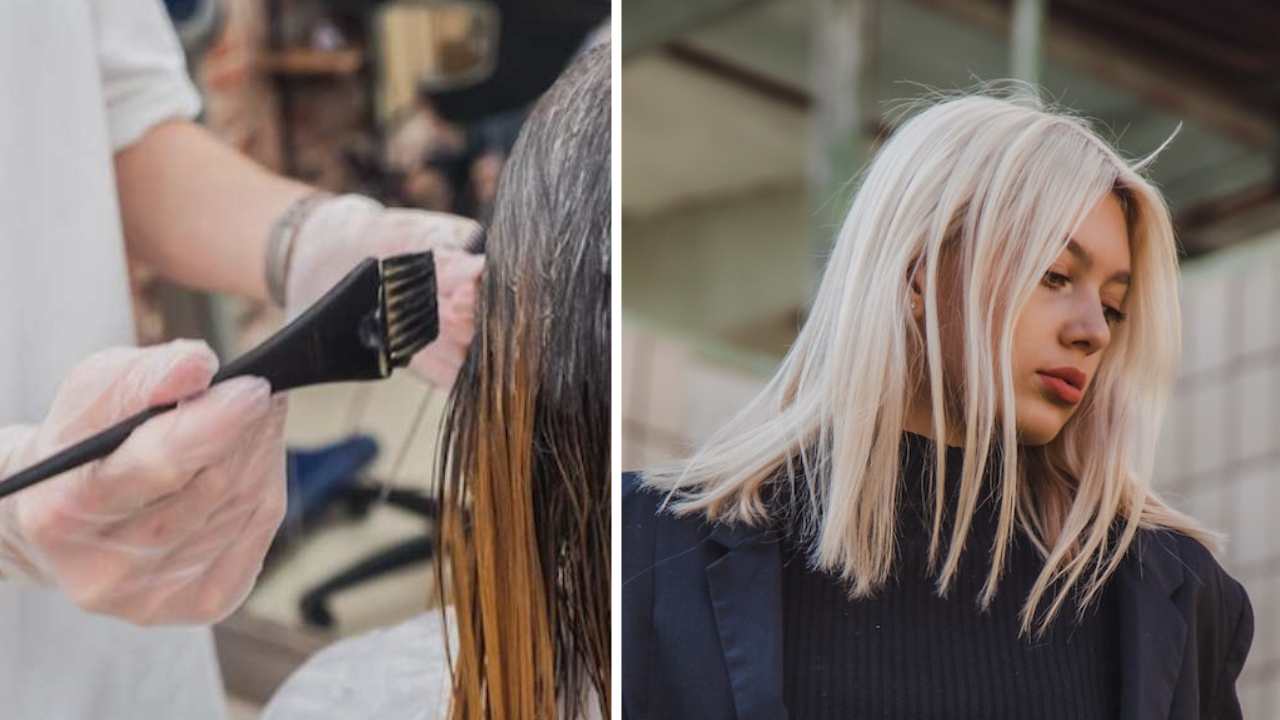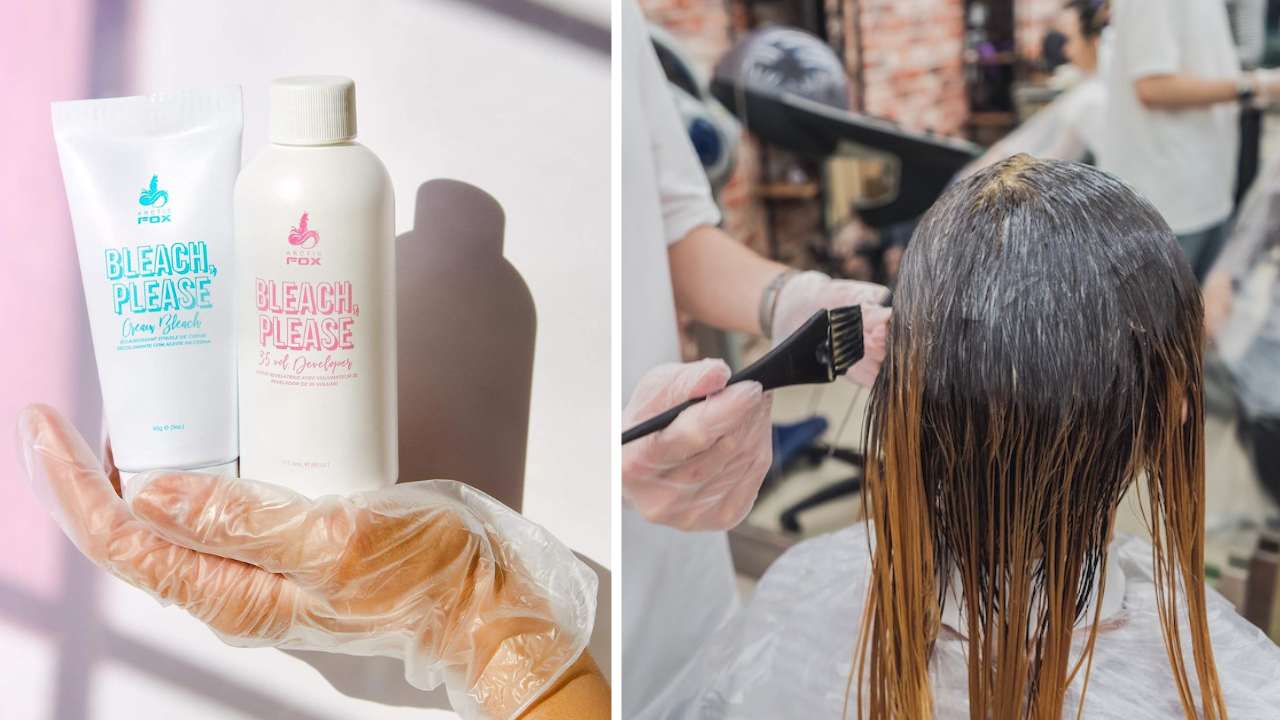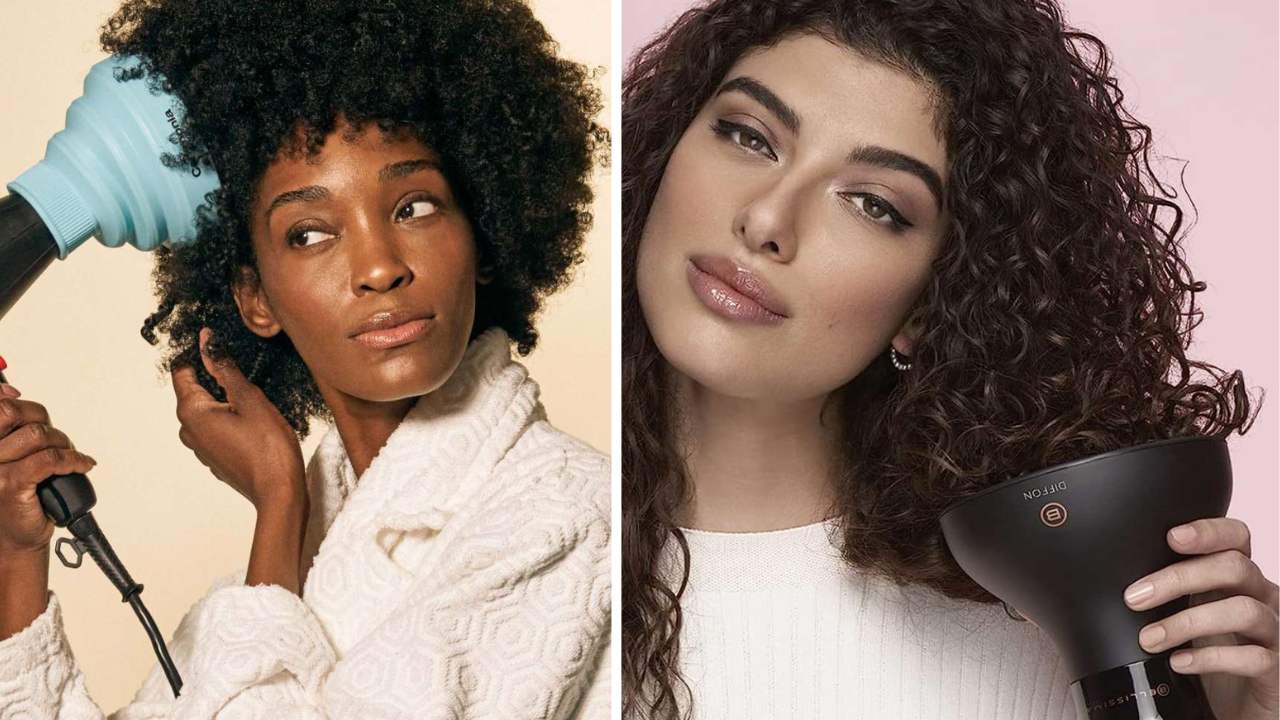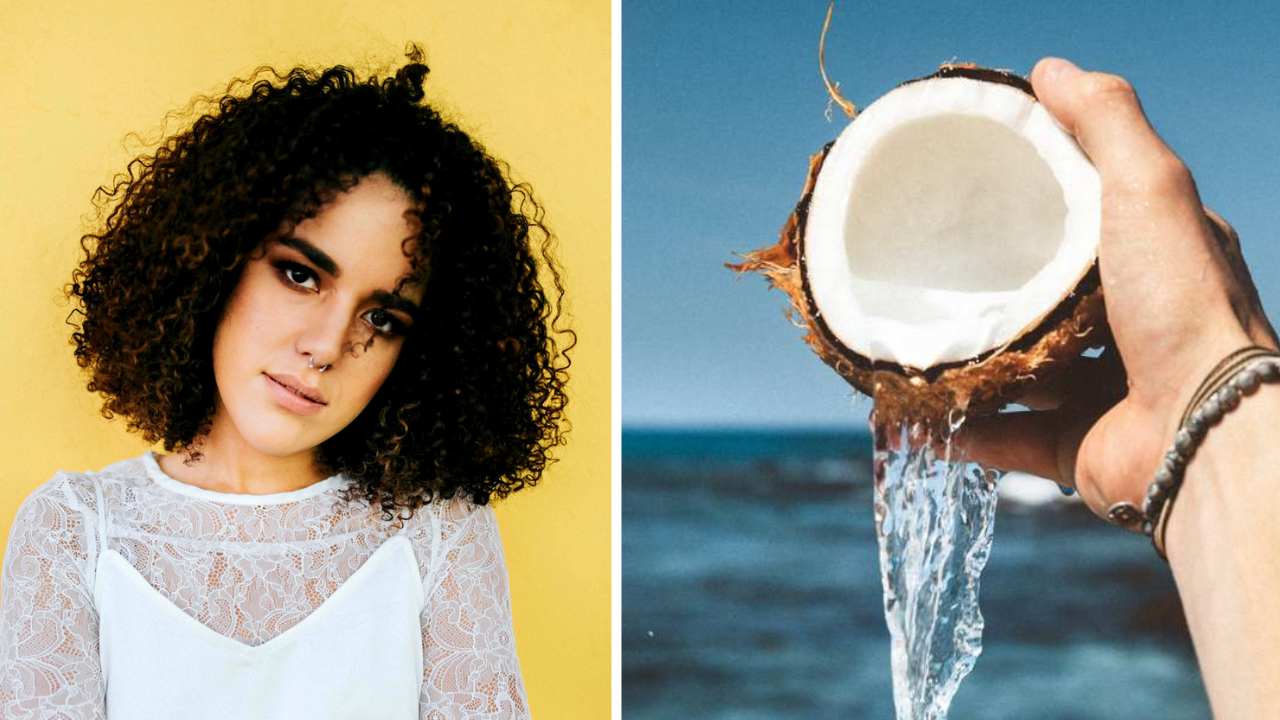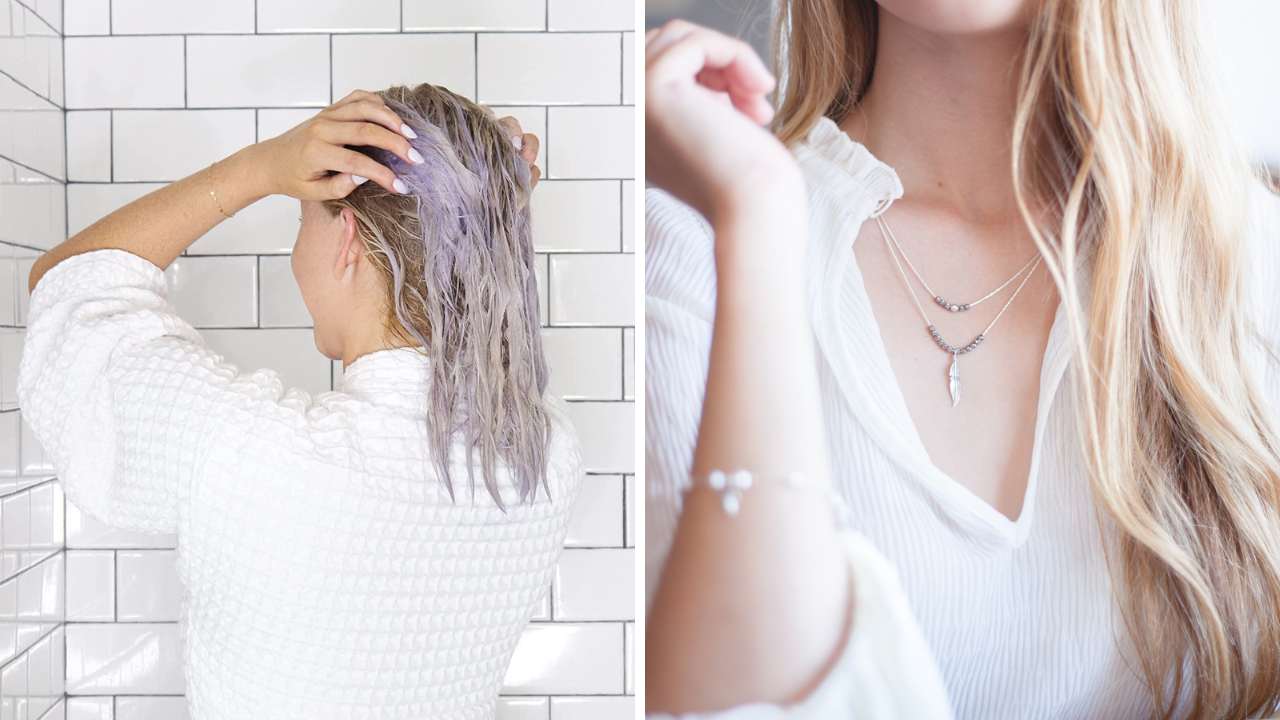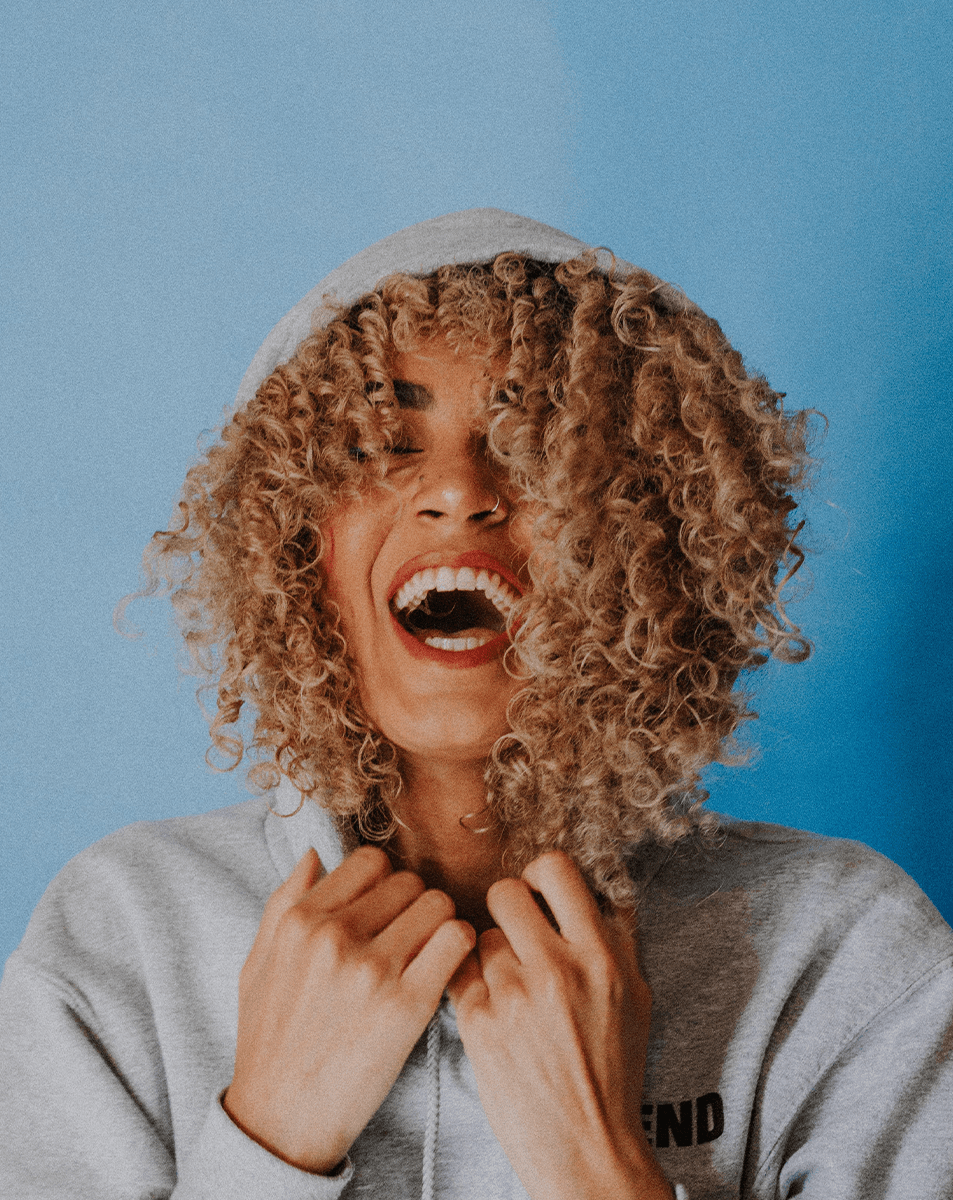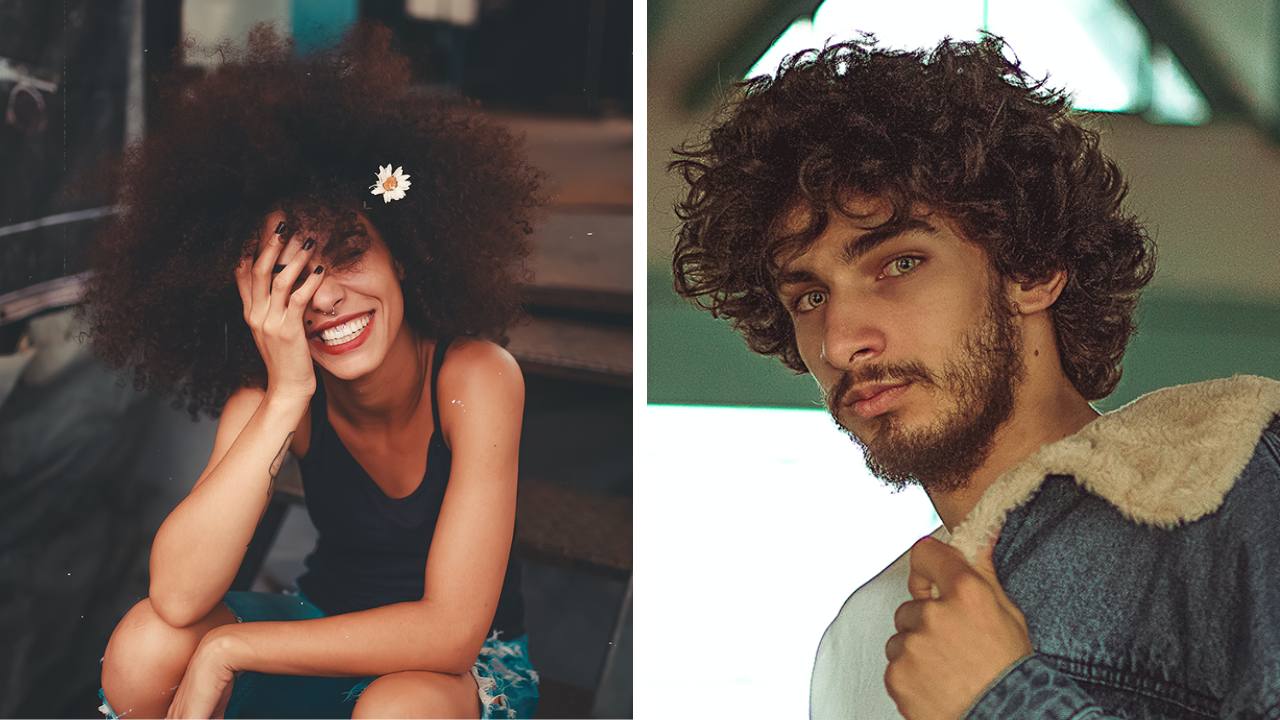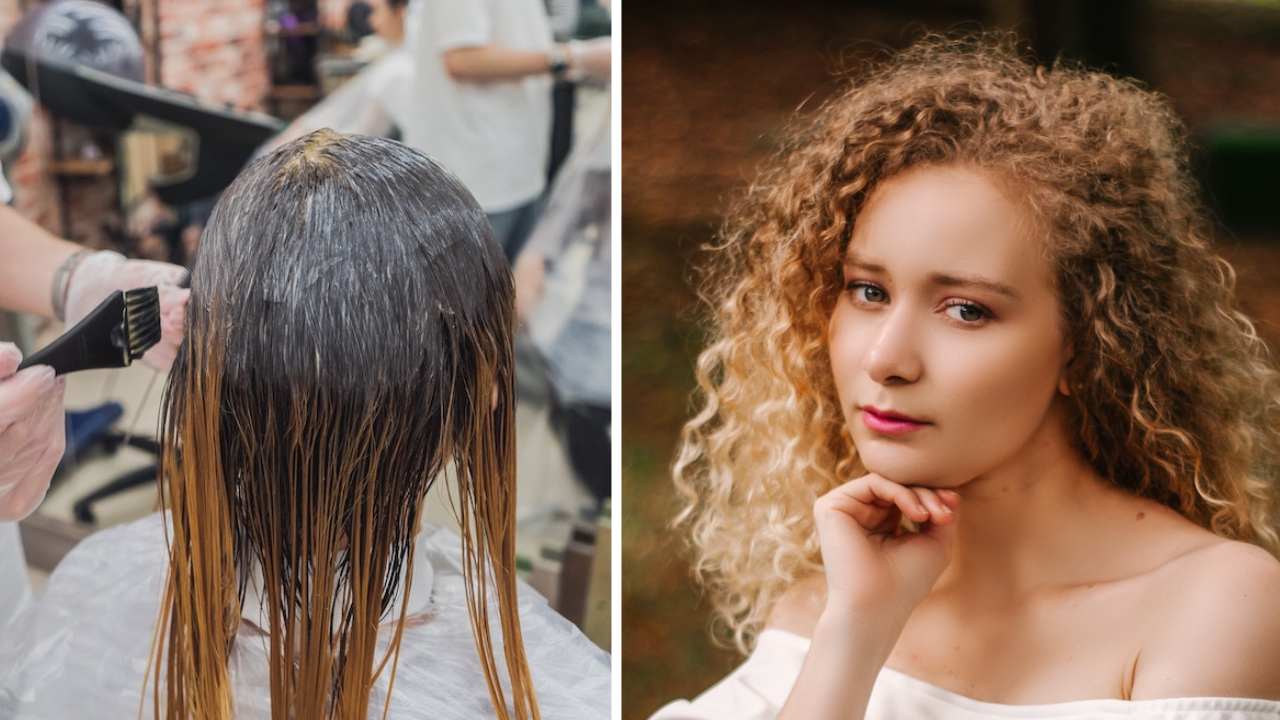
Can You Perm Bleached Hair? If You Follow These Steps!
Let's face it, we can't all be born with naturally curly hair!
Whether you’re a bleach blonde looking to give your hair some extra oomph or a brunette wanting to switch up your look, we’ve all considered perming our hair at one point or another.
But if you’ve bleached your hair in the past or have color treated hair, you might be wondering if it’s safe to perm it. Can you perm bleached hair? We’re here to answer that question and more!
Why is Perming Bleached Hair Risky?
The process of creating permed hair involves using chemicals to break down the bonds in the strands before reshaping them with rollers.
As you can imagine, this process puts a lot of stress on already weakened hair. For those with unbleached locks, this isn't an issue as their strands are still relatively strong.
However, strands that have been bleached are much more fragile because the bleaching process strips away essential proteins that help strengthen each strand.
As such, any further chemical processing could potentially damage those weakened strands beyond repair.
That said, not all hope is lost! It's still possible to perm colored or bleached hair. You just need to take certain precautions first. Let's take a look at what they are before you perm your dyed or bleached hair!
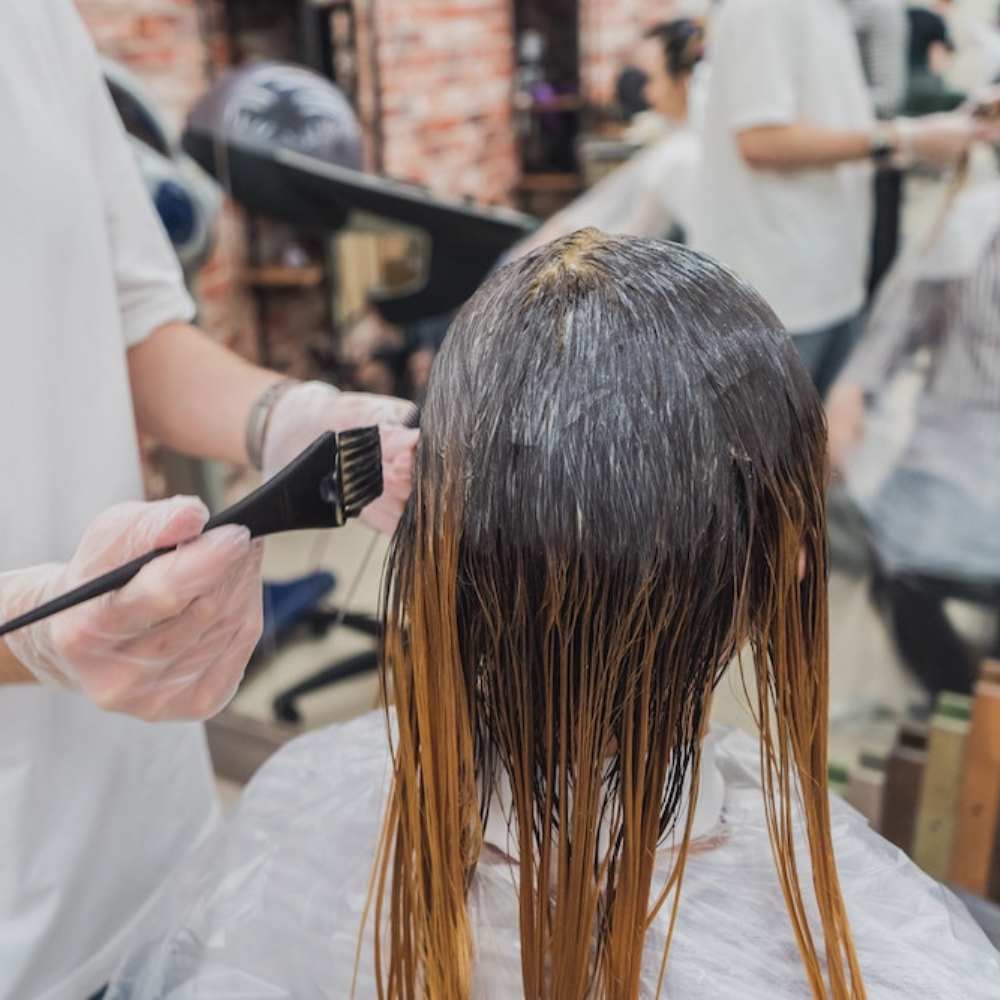
How Does Perm Solution Work Anyway?
Perm solution works to curl your hair by chemically altering the bonds of your strands so that they can hold a new shape.
It's a chemical process that's similar to a relaxer, but with the goal of adding curls and texture rather than creating straight hair.
The perm solution itself is typically composed of ammonium thioglycolate, guanidine hydroxide, calcium hydroxide and potassium sulfite.
These chemical treatments break down disulphide bonds in hair proteins thus changing the hair structure.
When putting in perms, it’s important to factor in the type of perm you are using as different chemicals (alkaline/acid) will give different results on various types and porosities of hair.
This is why there are various types of perm solutions available today to perm hair — because everyone’s hair requires something slightly different!
It's also important to remember that too much exposure or application may lead to severe damage not only because these chemicals break down protein but also oxygenates which leads to dullness or dryness over time if done frequently or excessively.
Is it Better to Perm or Color Hair First?
Both treatments can give you a stylish and personalized look, but deciding which one you should do first can be tricky.
If you're looking for maximum longevity in your style, then it's usually best to perm your hair before coloring it.
The perm process works by breaking down the disulfide bonds in the hair shaft which makes them more malleable and easier to shape.
Unfortunately, any kind of chemical treatment like dying or bleaching afterwards can undo this change, making the results less permanent than desired.
On top of that, dyes and peroxides used in bleaching hair can cause damage as well such as excessive drying or breakage due to their strong oxidizing properties.
However if you don't mind having short-term results then coloring is actually the better option to go with first because each strand will absorb more color when they haven't previously been manipulated chemically (permed).
This ensures that colored strands will have a richer hue than those that had gone through a prior perm solution.
All things considered though, if your main priority is keeping up with long lasting hairstyles then it would definitely be wiser to go with the perm option first followed by the styling dye job afterwards which should still provide exceptional results!

Can You Perm and Bleach Your Hair in the Same Day?
It's definitely possible to perm and bleach your hair on the same day, but it's not recommended for obvious reasons.
Bleaching is a harsh process that strips away moisture from the strands, leaving them fragile and prone to damage.
Perming releases chemicals into the hair in order to break down its proteins and shape it - so subjecting freshly-bleached locks to that additional stress can be too much for them!
However, if you’re feeling adventurous or have had a consultation with a professional hairdresser who knows what they're doing and agrees this is something you should do – then go ahead. But, it's better to visit a professional instead of just picking up a perm kit from the drugstore.
Just make sure you consider all of these things first:
- Keep your bleaching time as short as possible - ideally 30 minutes max if possible – because extended time can cause chemical burns.
- Choose gentle perm formulas specifically designed for chemically-treated hair.
- And most importantly use lots of conditioner post-treatment! To help keep your hair healthy after transformation treatments like this, nourish those poor little stands with some deeply conditioning masks every week.
How Often Can I Get a Perm?
Depending on your hair type, lifestyle, and desired style, you can get a perm anywhere from every six weeks to every twelve months.
The best thing about getting perms is that they give you a way to switch up your hairstyle without having to chop any inches off.
- When deciding how often you should get a perm there are several factors at play. Your hair's health should always be taken into consideration - never damage it beyond repair for fashion's sake.
- Also make sure to keep frizz and split ends under control between treatments by using suitable moisturizing products and staying away from too much heat styling whenever possible.
- As far as time goes, most experienced stylists recommend only giving yourself a new perm once every three months so that your strands have enough time in between sessions to rebuild strength naturally without any assistance from chemicals.
- If this isn't realistic for your schedule (or wallet) then stretching out the timeline is no problem - although repeated salon visits won't help with cost savings it will certainly help keep your tresses looking their glossy best!

What You Need To Do Before Perming Your Bleached Hair
Before attempting to perm your bleached locks, there are several things you'll need to do beforehand. Follow these steps to perm dyed hair without causing damaged hair.
Get a Protein Treatment
Make sure your bleached tresses get plenty of protein by using a weekly protein treatment like Briogeo Rosarco Repair Mask or Olaplex No 3 Hair Perfector Treatment.
Not only will this help boost the strength and resilience of your colored hair strands, but it can also help protect against further damage from the perm solution itself.
See a Professional Stylist
While it's possible for you to perm your own hair at home (assuming you have all the necessary materials), it's best left in the hands of a professional stylist who knows what they're doing and can guide you through the entire process step-by-step.
With their expertise and guidance, you can rest assured knowing that your tresses are in good hands!
Use Low-Ammonia Solutions
If you're planning on getting your tresses permed at home, make sure to opt for low-ammonia solutions.
These are gentler on already damaged strands than traditional ammonia solutions would be.
Invest in Good Products
Aftercare is key when it comes to maintaining healthy bleached tresses so make sure to invest in quality products such as Oribe Gold Lust Nourishing Hair Oil, Olaplex Bonding Oil, or Redken Extreme Mask.
You can even create a coconut oil mask to apply to your hair every couple weeks.
These will nourish and hydrate each strand while helping them retain their shape and texture for longer periods of time.
Avoid Heat Styling
Heat styling tools like a blow dryer, curling iron, or flat iron should be avoided if possible as they can cause further damage if used too often on already weakened locks. Especially after having them recently permed!
Instead opt for air drying whenever possible or use heatless styling techniques such as braiding or pinning up sections into buns for a no-heat curl effect that won't damage delicate strands any further than necessary.
Follow Up Regularly
Once your curls have been set don't forget about maintenance!
Regular trims every 6 weeks will help keep split ends at bay while regular deep conditioning treatments will ensure that each strand stays healthy and well nourished even after being exposed to harsh chemicals during the initial perming process.
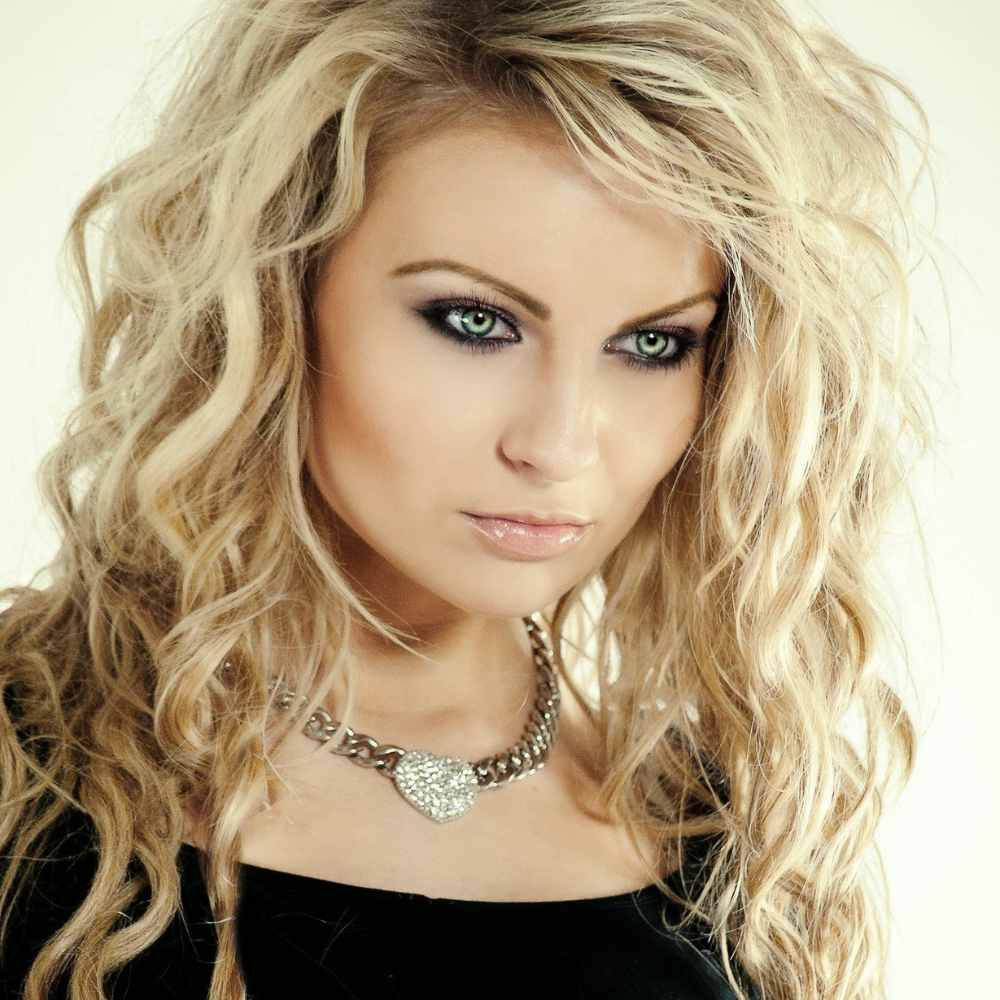
Go for it!
Whether you want some extra body without resorting to an expensive re-bonding treatment or just want something new without having to dye again, getting your hair permed is always an option thanks to advances in modern hairstyling technology!
That said, caution should always be taken when considering undergoing any chemical service on already fragile, chemically treated hair.
So make sure that before taking the plunge into curlier territory you consult with a professional hair stylist who can advise on whether or not this service is right for you based on your individual needs! Happy prepping!
Does your bleached hair sometimes look a little orange? You can fix it! Tap the button below for the best blue toners you can get to correct orange tones on bleached hair.



